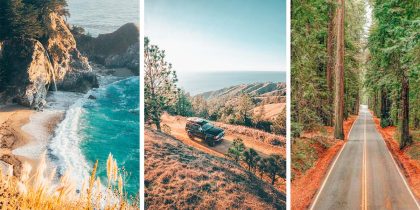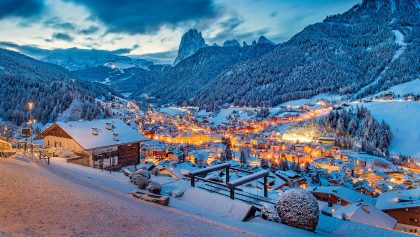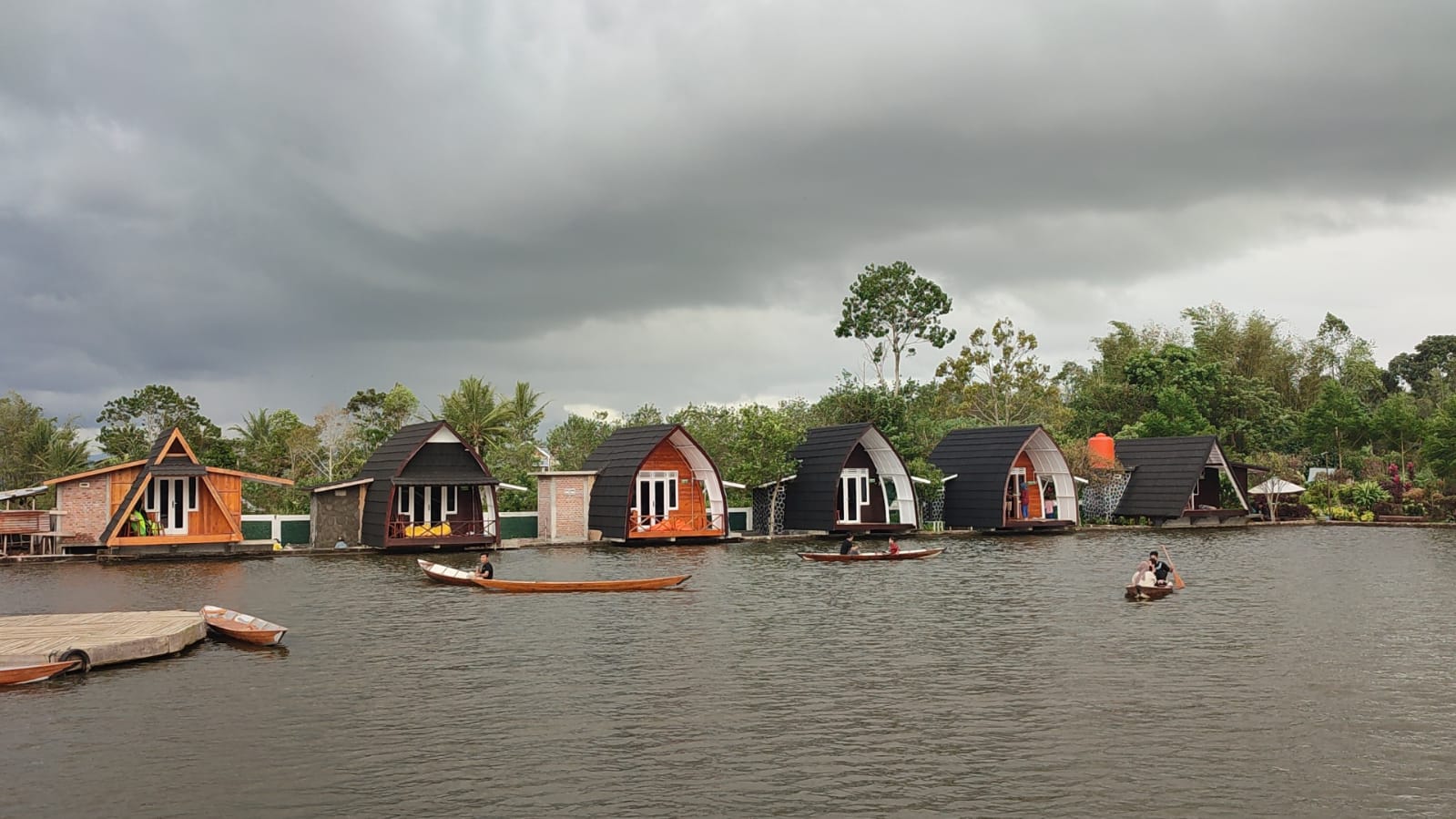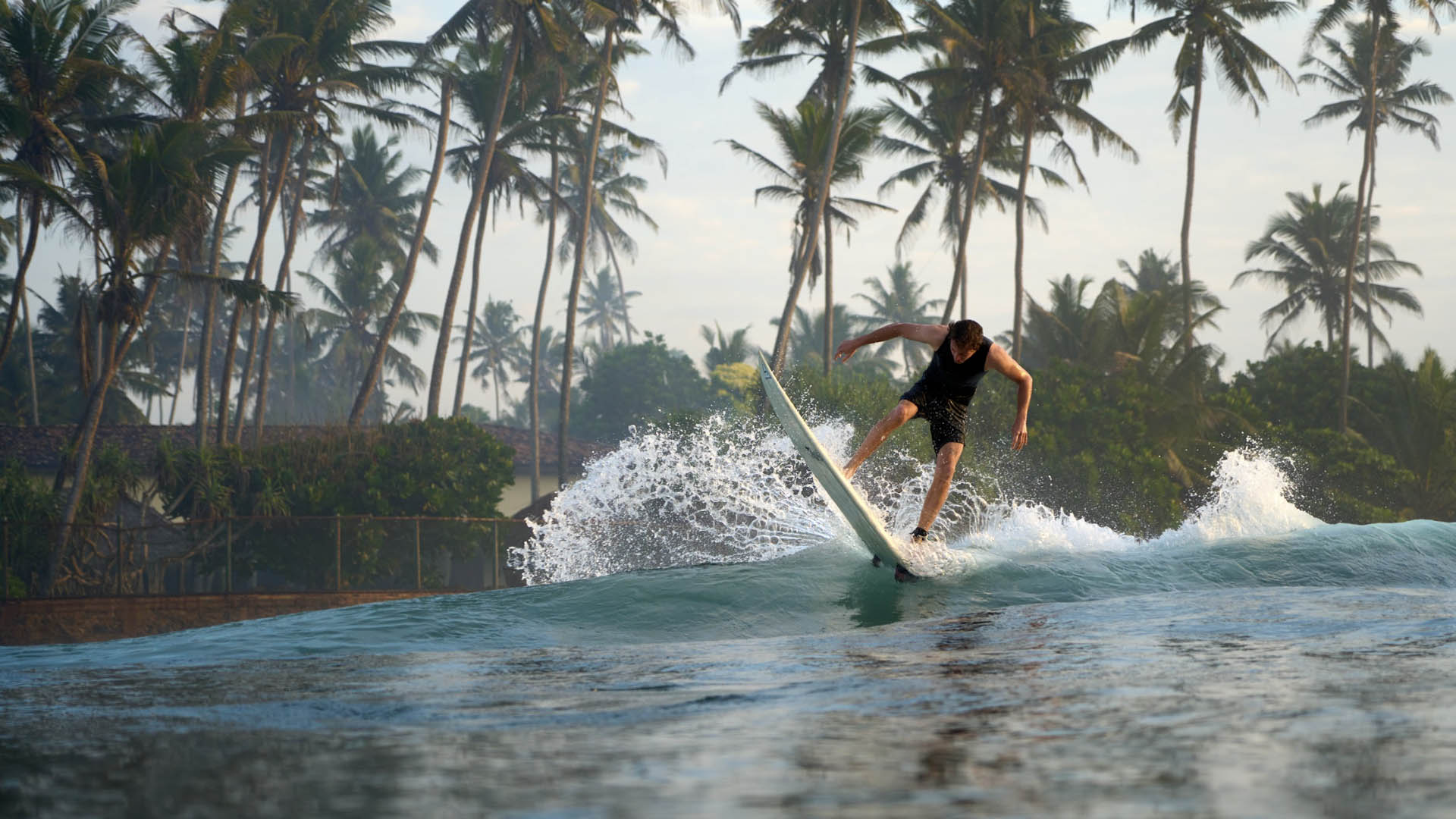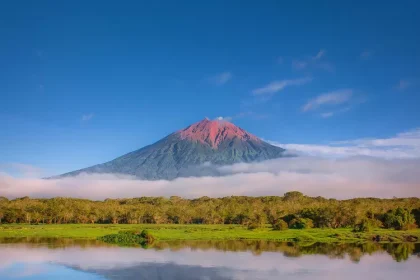White Sands National Monument, now officially recognized as White Sands National Park, is one of the most unique natural wonders in North America. Located in southern New Mexico, it spans over 275 square miles of sparkling white gypsum dunes, he largest of its kind in the world.
Unlike typical deserts made of quartz sand, White Sands is composed almost entirely of gypsum crystals, giving the dunes their dazzling snow-white color. This rare geological formation not only makes the landscape visually extraordinary but also provides a different sensory experience, as the sand remains cool underfoot even on hot summer days.
Visitors from around the world come to White Sands for its surreal scenery, diverse activities, and cultural significance. Whether you’re an adventurer seeking outdoor thrills, a family looking for fun, or a photographer chasing extraordinary images, this national treasure has something to offer.
The Unique Features of White Sands
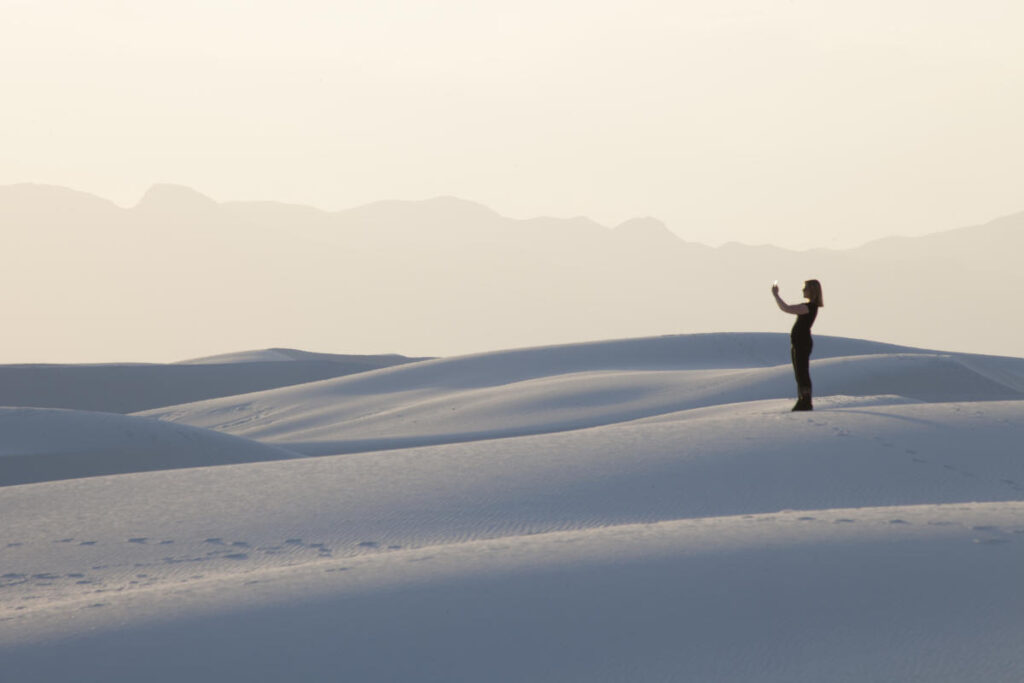
assets.simpleviewinc.com
White Sands is special because of its geology and atmosphere. The dunes were formed over thousands of years as water from an ancient lake evaporated, leaving behind gypsum deposits. Over time, wind erosion shaped these crystals into soft, powdery sand that now forms endless rolling dunes.
The experience of walking on these dunes is unlike anywhere else. Unlike other deserts where the sand can burn your feet, gypsum’s reflective qualities mean the dunes stay relatively cool even under direct sunlight. This makes barefoot exploration not only possible but also enjoyable.
The dunes also change dramatically throughout the day. At sunrise, they glow pink and orange; under the midday sun, they appear as pure white as snow; and during sunset, they take on golden hues. These constant shifts in color make White Sands one of the most photogenic landscapes in the United States.
Benefits of Visiting White Sands
Traveling to White Sands is not only about sightseeing it also provides multiple benefits that enrich the visitor experience.
- Accessibility: The park is located just 16 miles from Alamogordo, making it easy to access by car. Major cities such as El Paso, Texas, are within a few hours’ drive.
- Comfortable Conditions: The gypsum sand remains cool, allowing for barefoot walks and family activities without discomfort, even in warmer seasons.
- Health and Wellness: Outdoor activities such as hiking, sledding, or simply walking on the dunes promote physical activity, relaxation, and stress relief.
- Educational Value: The park offers interpretive programs about geology, ecology, and the cultural history of the region.
- Photography Opportunities: With shifting light conditions and striking contrasts, White Sands is a paradise for photographers and content creators.
Travel Products That Enhance the Experience
Here are some must-have travel products that make a trip to White Sands more enjoyable and practical. Each serves a specific purpose for comfort, safety, or fun.
Sand Sleds
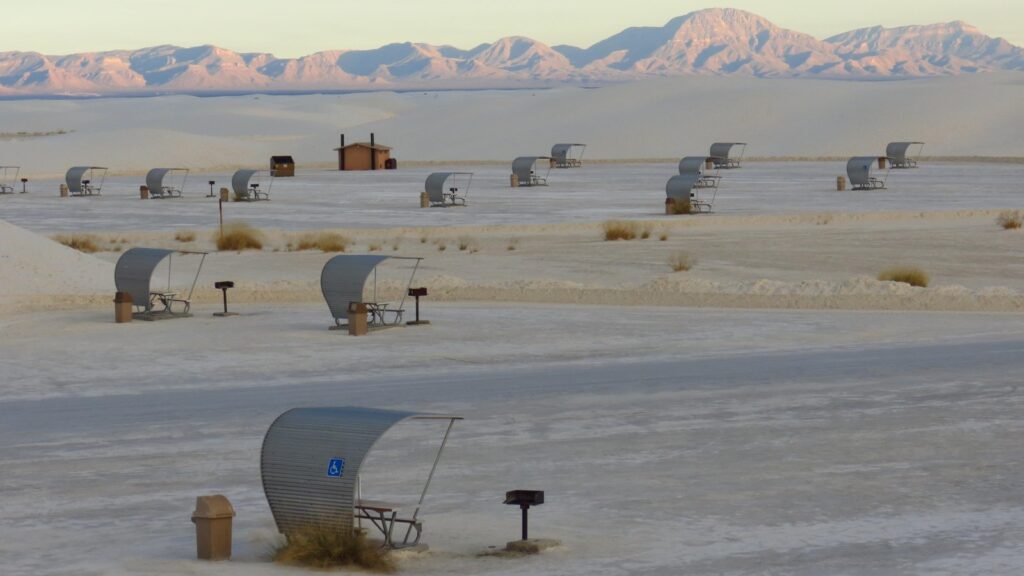
www.nps.gov
Sand sledding is the most iconic activity at White Sands. Visitors use smooth, waxed sleds to slide down the steep dunes. Unlike snow, gypsum sand offers a unique glide that can be enjoyed year-round. Families often spend hours climbing up the dunes and sledding down, making it a perfect activity for both children and adults. Applying wax to the sled helps reduce friction, ensuring a smoother, faster ride.
UV-Protective Clothing
Even though the sand stays cool, the desert sun can be harsh. UV-protective clothing such as long-sleeved shirts, hats with wide brims, and sunglasses is essential. These garments are designed to block harmful ultraviolet rays, keeping your skin safe while ensuring comfort during long hikes or photo sessions on the dunes. Travelers often prefer lightweight, breathable fabrics that allow airflow while offering protection.
Hydration Packs
Staying hydrated in a desert environment is critical. Hydration packs allow visitors to carry water comfortably and drink hands-free through a tube, which is far more practical than carrying bottles. Many hydration packs also include extra compartments for snacks, sunscreen, and small essentials. They are especially useful for families with kids or hikers planning longer treks across the dunes.
Portable Camping Gear
White Sands offers backcountry camping opportunities that let visitors experience the dunes under starlit skies. For this, lightweight and durable camping gear is a must. Compact tents, sleeping bags designed for desert temperatures, and portable cooking equipment make camping comfortable. Spending the night in the dunes provides a rare opportunity to enjoy silence, vastness, and celestial views without light pollution.
Photography Equipment
White Sands is a dream destination for photographers. A sturdy tripod, wide-angle lenses, and filters that enhance contrast are often recommended. The bright sand and changing light conditions require equipment that can handle high dynamic range. Many photographers also bring drones to capture sweeping aerial shots of the endless dunes, although drone use may be restricted in certain areas, so always check park regulations before flying.
The Role of Technology in Enhancing Travel
Modern technology helps visitors explore White Sands safely and more fully. GPS navigation tools ensure that hikers can find their way back, since dunes can sometimes disorient even experienced travelers. Stargazing apps make nighttime visits more interactive, allowing people to identify constellations in the clear desert skies. Solar-powered chargers keep devices like phones and cameras running without the need for conventional electricity sources. to SkySafari
This integration of technology enhances the sense of adventure while ensuring safety and sustainability.
Real-World Use Cases of Visiting White Sands
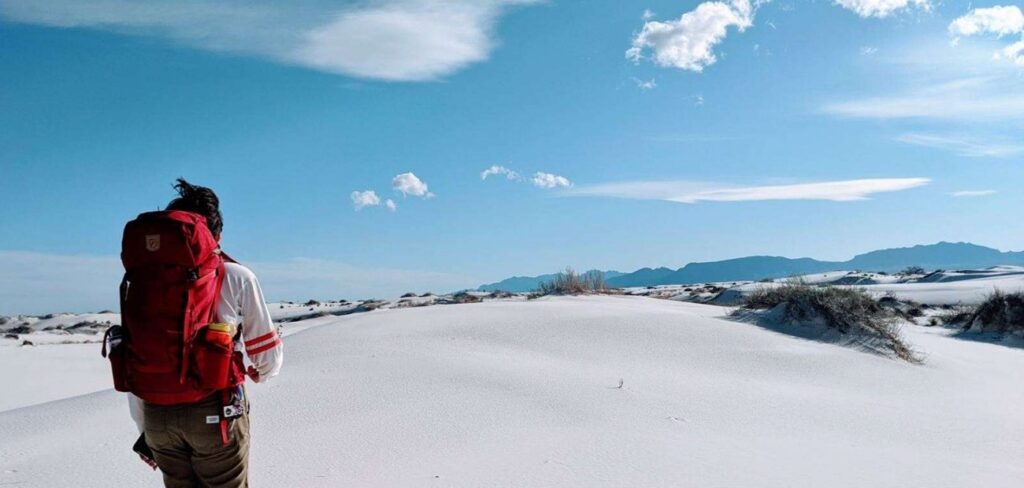
www.nps.gov
Visitors come to White Sands for a variety of reasons, and each experience demonstrates its value in different ways.
- Family Vacations: Parents and children spend hours sledding, hiking, and picnicking, creating memories in a truly unique landscape.
- Adventure Travel: Outdoor enthusiasts trek deep into the dunes or camp overnight, experiencing the desert in its purest form.
- Educational Excursions: Schools and universities organize field trips for geology, environmental science, and cultural studies.
- Wellness and Retreats: Individuals seeking peace use the dunes as a setting for yoga, meditation, or simple relaxation.
- Photography and Film: Content creators, filmmakers, and influencers visit to capture surreal visuals that cannot be replicated elsewhere.
Sustainability and Long-Term Value
Protecting White Sands for future generations is a priority. The park has fragile ecosystems, including rare plants and animals that have adapted to gypsum sand. Visitors are encouraged to follow Leave No Trace principles: carry reusable water bottles, pack out all trash, and stay on designated trails when required.
By practicing sustainable tourism, visitors not only preserve the environment but also enhance their own experience. Returning travelers often find new details and shifting dune patterns, making every trip feel fresh and rewarding.
How to Plan Your Visit and What to Buy
A trip to White Sands requires some planning to maximize enjoyment:
- Park Entry: Entrance passes can be purchased on-site or in advance through the National Park Service. Fees vary depending on whether you arrive by car, motorcycle, or on foot.
- Camping Permits: Backcountry camping is limited and requires a permit, available on a first-come, first-served basis.
- Guided Tours: Visitors can join ranger-led programs, sunset strolls, or full moon hikes that enrich the experience with cultural and scientific insights.
- Travel Gear: Before your trip, invest in sleds, hydration systems, protective clothing, and camping supplies from trusted outdoor retailers.
When purchasing gear, focus on durability, comfort, and sustainability. High-quality products not only improve your experience but also reduce waste over time.
Conclusion
White Sands National Monument, or White Sands National Park, is more than just a beautiful destination; it is an experience that blends natural wonder, cultural heritage, and recreational opportunity. With the right preparation and gear, visitors can enjoy sledding down sparkling dunes, hiking into surreal landscapes, camping under brilliant stars, and capturing once-in-a-lifetime photographs.
By embracing sustainability and respecting the fragile ecosystem, travelers ensure that this rare and mesmerizing place remains intact for generations to come. White Sands is not just a trip; t is a journey into one of the world’s most extraordinary landscapes.
Frequently Asked Questions
1. What makes White Sands different from other deserts?
Unlike deserts made of quartz sand, White Sands is composed of gypsum, which gives it a bright white color and keeps the dunes cool even in hot temperatures.
2. Can I bring my pet to White Sands?
Yes, pets are allowed as long as they remain on a leash. Because the sand stays cool, it is safe for their paws, but owners should always bring water and provide shade.
3. What is the best time to visit White Sands?
The park is open year-round, but spring and fall provide the most comfortable weather. Sunrise and sunset visits are especially recommended for photography and cooler conditions.

